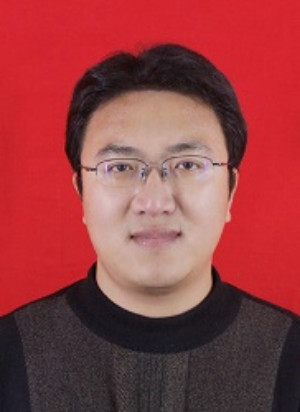Advances in Carbon-Based Microwave Absorbing Material
A special issue of Materials (ISSN 1996-1944). This special issue belongs to the section "Carbon Materials".
Deadline for manuscript submissions: closed (20 November 2022) | Viewed by 10258
Special Issue Editors
Interests: microwave absorption; carbon-based composites; core-shell configuration; hollow microstructure; anti-corrosion magnetic metals
Special Issues, Collections and Topics in MDPI journals
Interests: carbon composites; porous structure; dielectric properties; magnetic particles; microwave absorption
Special Issues, Collections and Topics in MDPI journals
Interests: electromagnetic wave absorption; atomic layer deposition; carbon materials; electromagnetic interference shielding; biosensors; gas sensors; thermal management materials
Special Issues, Collections and Topics in MDPI journals
Special Issue Information
Dear Colleagues,
Microwave absorption is evolving as an advanced strategy for electromagnetic (EM) pollution precaution, because its offers a sustainable pathway to fundamentally eliminate EM waves through energy dissipation. Microwave absorbing materials (MAMs), as the platform for energy conversion, have been undoubtedly receiving much attention in the past two decades. Actually, there have been almost 9000 published papers on the fabrication of MAMs since 2016. Among all kinds of MAMs, carbon materials always reside at the frontier of this field, due to their unique advantages in low density, chemical stability, tailorable dielectric property, good processability, and diverse forms. However, pristine carbon materials, such as graphite and carbon nanotubes, cannot produce desirable microwave absorption performance, and thus numerous efforts have been devoted to microstructure design and composition optimization in order to endow them with both excellent impedance matching and powerful intrinsic loss capability. To date, some characteristic internal configurations, such as porous, hollow, core-shell, yolk-shell, sandwich-like, multi-chamber, and foam-like microstructures, have demonstrated their positive effects on the microwave absorption of carbon materials. As compared with microstructure design, most studies focus on the rational construction of carbon-based composites, where magnetic ferrites, magnetic metals, metal oxides/sulfides, conductive polymers, and carbides are all utilized to combine with different carbon materials. Although some significant achievements have been made in these studies, a gap to their practical applications still remains, especially in broadband response and low-frequency absorption. This Special Issue aims to summarize the latest developments in carbon-based MAMs, including both high-performance carbon materials and carbon-based composites, and welcomes contributions to materials synthesis, advanced characterization, excellent performance, and the structure–activity relationship.
Prof. Dr. Yunchen Du
Prof. Dr. Panbo Liu
Prof. Dr. Guizhen Wang
Guest Editors
Manuscript Submission Information
Manuscripts should be submitted online at www.mdpi.com by registering and logging in to this website. Once you are registered, click here to go to the submission form. Manuscripts can be submitted until the deadline. All submissions that pass pre-check are peer-reviewed. Accepted papers will be published continuously in the journal (as soon as accepted) and will be listed together on the special issue website. Research articles, review articles as well as short communications are invited. For planned papers, a title and short abstract (about 100 words) can be sent to the Editorial Office for announcement on this website.
Submitted manuscripts should not have been published previously, nor be under consideration for publication elsewhere (except conference proceedings papers). All manuscripts are thoroughly refereed through a single-blind peer-review process. A guide for authors and other relevant information for submission of manuscripts is available on the Instructions for Authors page. Materials is an international peer-reviewed open access semimonthly journal published by MDPI.
Please visit the Instructions for Authors page before submitting a manuscript. The Article Processing Charge (APC) for publication in this open access journal is 2600 CHF (Swiss Francs). Submitted papers should be well formatted and use good English. Authors may use MDPI's English editing service prior to publication or during author revisions.
Keywords
- microwave absorbing materials
- carbon-based composites
- dielectric loss
- magnetic loss
- microstructure design
- composition optimization
- reflection loss
- absorption mechanism
Benefits of Publishing in a Special Issue
- Ease of navigation: Grouping papers by topic helps scholars navigate broad scope journals more efficiently.
- Greater discoverability: Special Issues support the reach and impact of scientific research. Articles in Special Issues are more discoverable and cited more frequently.
- Expansion of research network: Special Issues facilitate connections among authors, fostering scientific collaborations.
- External promotion: Articles in Special Issues are often promoted through the journal's social media, increasing their visibility.
- e-Book format: Special Issues with more than 10 articles can be published as dedicated e-books, ensuring wide and rapid dissemination.
Further information on MDPI's Special Issue polices can be found here.








